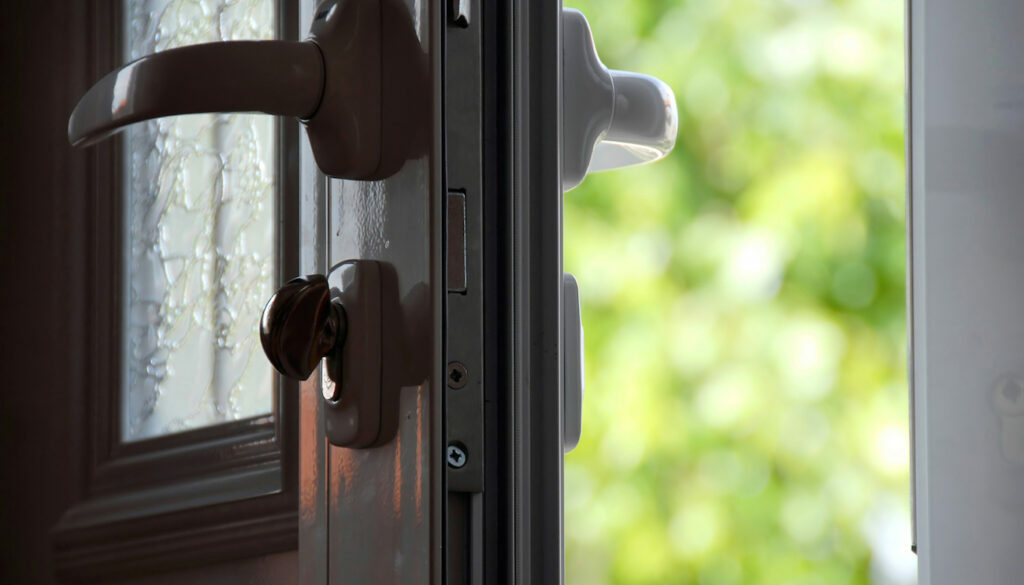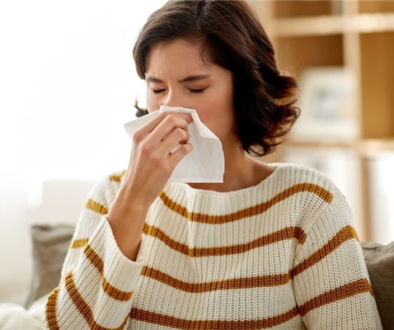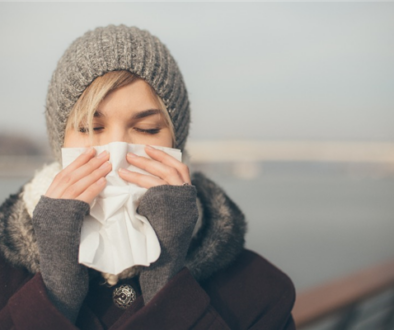Is Your Home Hiding These Four Common Allergens?
Some of the most common—and annoying—allergens aren’t in your back yard—they’re lurking in your living room! And staying indoors doesn’t automatically reduce your chances of hay fever symptoms. Don’t worry. While it may be impossible to completely “allergy proof” your home, we’ve got some suggestions that will help you breathe easier—literally.
Allergens are substances which cause an allergic reaction. This reaction is the typical sore throat, runny nose and itchy eyes that are the hallmark of spring, summer and fall “hay fever” in the Raleigh area. Following are some of the most common that become unwelcome guests in your living room.
Common Allergens In Your Home
POLLEN
Wait, aren’t pollens outside allergens? Yes, they are. Pollen from trees, grass, ragweed and flowering plants are the usual culprits, and they can worm their way into your home. While it’s great to have a dose of fresh air, opening windows can allow airborne pollen particles into your house. They can even hitch a ride on your clothes, your clothing and your pets!
DUST MITES
These microscopic, eight-legged creatures don’t bite, but they cause a lot of trouble when it comes to your sinuses. Many people are allergic to them. They can cause stuffy ears, watery eyes, and in severe cases, asthma. Usually these tiny creatures are stirred up during housecleaning. Don’t bother looking for them: Unlike bedbugs and lice, dust mites can’t be seen with the naked eye. Only your ear, nose and throat doctor can determine if you are allergic to them.
MOLD
Bathrooms, indoor plants, basements and other moist areas in the home are the favorite hangout for mold and mold spores. You might want to get rid of those old college textbooks as well: mold loves to set up camp in old books. Most important, identify and fix leaky pipes, which can create moist areas throughout the house.
PET DANDER
It’s not Fido’s fur that may be causing the problem—it’s the particles in his saliva and urine. Before you get a pet, it’s important to have an ENT determine the source of your allergy—you may not be allergic to pets after all, but some other substance in your home. Pets are a part of the family, and even if you’re allergic to pet dander, your ENT has some strategies to help you.
Tips for Allergy-Proofing Your Home
Of course, the best way to get rid of your allergy problems is to limit your exposure to allergens. There are a few simple steps that can help you put a damper on the offenders listed above.
- Putting an end to pollen
Make sure all your curtains and blinds are easy to clean. Close your windows during the spring and summer and allow the air conditioner to cool your home. Be sure your carpeting is easily washable and vacuum once a week. If possible, use a HEPA-grade air filter. If you have an indoor/ outdoor pet, be sure to gently wipe his fur with a damp cloth to get rid of any “hitchhikers” that are trying to infiltrate your home.
- Managing mold
Eliminate areas where mold breeds. This means topping your indoor potted plants and aquariums with gravel. Do everything you can to reduce moisture, including ventilating exhaust fans, scrubbing sinks and faucets, and regularly cleaning your refrigerator. - Destroying dust mites
You can help rid your home of these pests by using dust-mite proof covers for your pillows, mattresses and box springs. Wash all sheets, pillowcases and blankets in hot water at least once a week. Lower the humidity in your home to make it less hospitable to these unwelcome visitors. - Protect against pet dander
No matter how cute it is when your cat settles down at the foot of your bed, keeping your feline out of your bedroom can help your allergies. Be sure to wash your pet regularly,
Remember, your ENT is in a unique position to help you conquer your allergies. There are several treatments, such as immunotherapy, prescription medication, and other solutions that can make the seasons bearable again.




